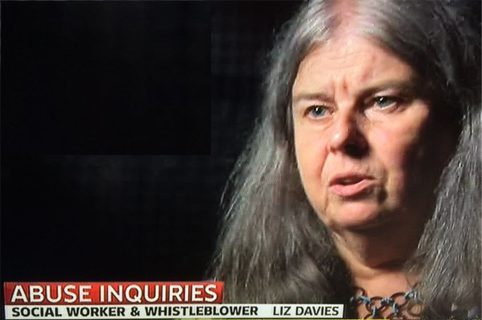
The numbers of social work bloggers and tweeters are increasing daily. This is both positive and negative. On the one hand there are some who promote ideologies and views which are inconsistent with social work values and it seems that there is little that can be done about it. It’s a free for all out there online and my concern is the impact of this on service users and public opinion. There have always been those wanting to denigrate social work and if this approach seems to come from within the profession then it gives a powerful message. On the other hand there are those who counter these views and the online world becomes a public battlefield no longer confined to social work journals, books and magazines or subject to peer review or measured academic restraints. Anyone can have a voice and anyone can gather followers, and shout loudly. The messages will be picked up and gloated on by unscrupulous media and those who are certainly not our allies – voices which cruelly feed the backlash against social work. There is, of course, some excellent authentic social work input and the challenge is to sort the wheat from the chaff which involves dedicated research and investigation – online skills largely as yet undeveloped within social work.

You must be logged in to post a comment.